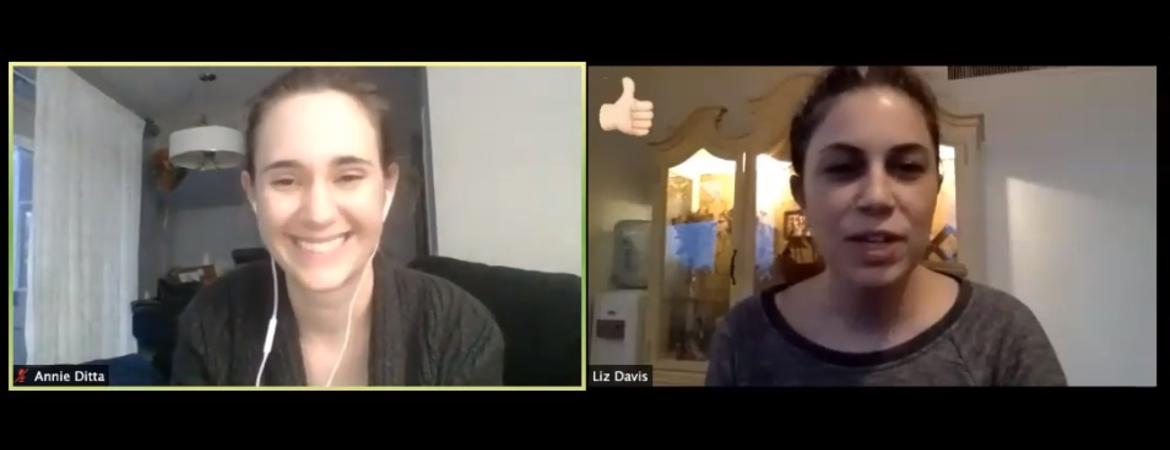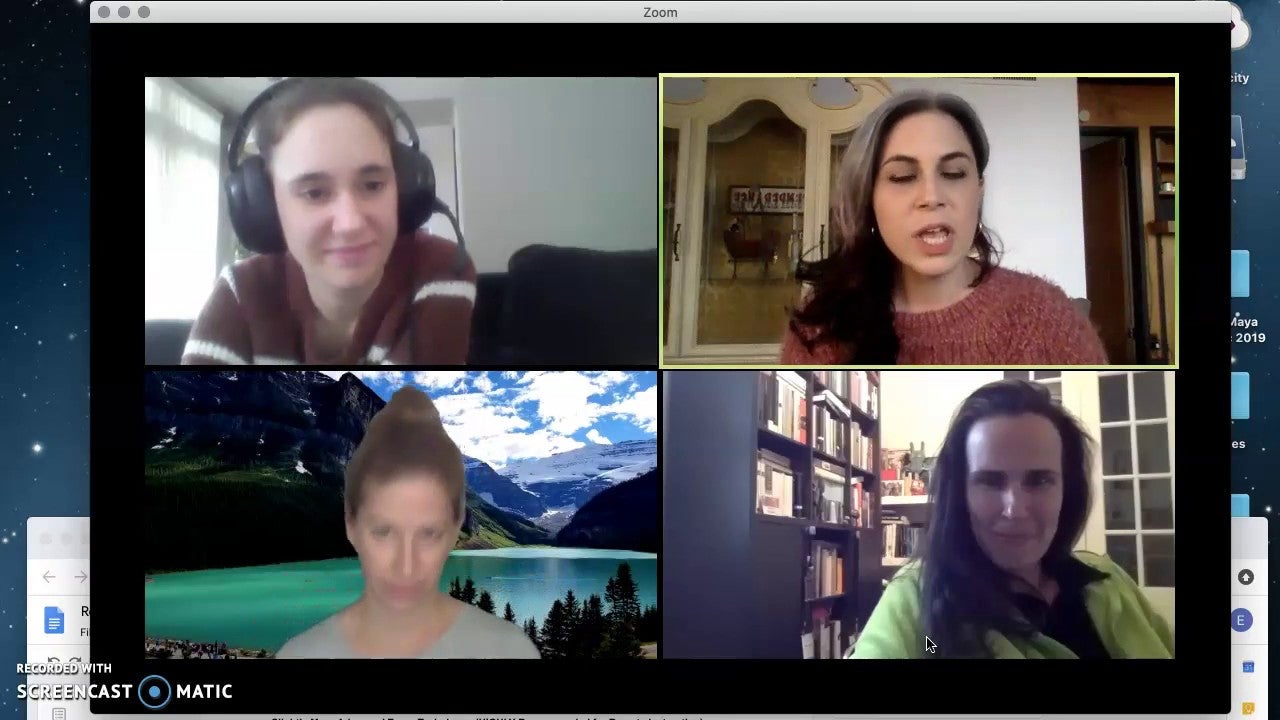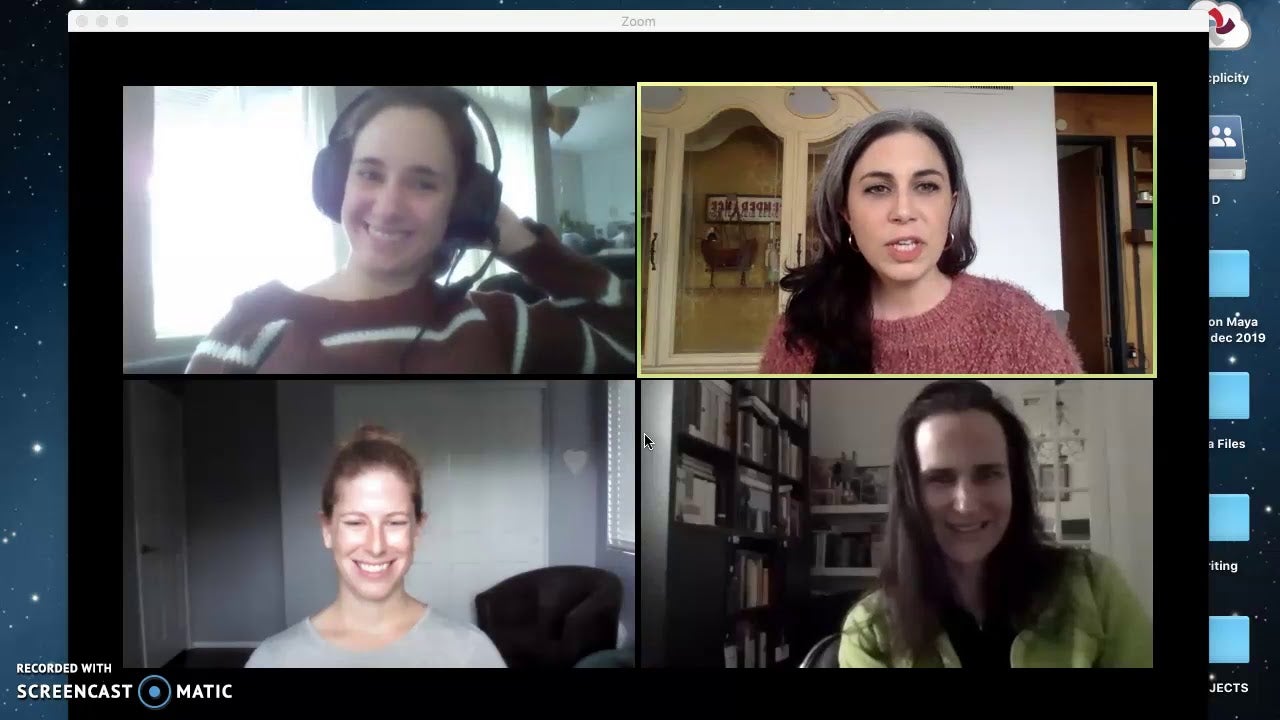
Annie Ditta’s graduate school training was in fixation. As she says, “I got fixated on fixation.”
Her familiarity with fixation is useful as instructors at the University of California, Riverside, must reinvent how they teach within the space of two weeks. On March 14, UCR announced instruction for spring quarter — which begins March 30 — will move online in response to the COVID-19 pandemic.
“Fixation is all about how people get stuck on old ideas,” said Ditta, a first-year teaching professor in the psychology department. “In our case, we had this sudden realization that this really familiar thing has now become a whole new world.”
Ditta — who said she has “average tech-savviness for a millennial” — wanted to help her colleagues make the transition to virtual instruction. She partnered with her colleague Liz Davis to create online tutorials on how to instruct using Zoom, a video conferencing service, and other online utilities. Davis has shoe-leather experience in online instruction, having within the past year developed the psychology department’s only virtual class.
The two have produced 35 online tutorials in only the past two weeks. Topics include subjects such as lighting, how to show PowerPoint slides while speaking, and taking attendance during a lecture.
There are plenty of “how-to” Zoom videos on YouTube, even specific to online instruction. But they’re too long, Ditta says, and that’s a point the two colleagues seek to underline in their videos.
Online instruction should be served in what Ditta calls “bite-size pieces.” Even limiting their Zoom tutorials to singular topics, Davis said the videos are sometimes seven or eight minutes long.
“It would be easy to go on for 25 or 30 minutes in one lecture, and that’s too much. People will tune out,” said Davis, an associate professor of psychology who has been at UCR since 2012. “It’s important to emphasize in our tutorial videos how important that is in online instruction.”
The ideal online lecture, Ditta says, involves morphing a traditional classroom lecture into a conversation, breaking up the lecture with interactive prompts. But she advises colleagues to go easy on themselves.
“It takes months of planning to break away from lectures and turn them into bite-size pieces,” she said. “You have to turn 10-week classes into all-online immediately, so put it online however you can.”
Though they’re accessible to the public on YouTube, the tutorials started with an audience of only Davis’ and Ditta’s psychology department colleagues. Then faculty in other UCR departments started watching. The audience continues growing.
“A couple of our videos have gotten several hundred views, which is crazy,” Davis said.
Soon, Davis acknowledged, she and Ditta will have to come up with a name for the series. For now, she said, their calling card is the opening, which starts with some variation of “Liz and Annie here with the next installment of how to get good at Zoom…”
Editor’s Note: UCR’s Exploration Center for Innovative Teaching and Engagement, or XCITE, is leading UCR’s charge into online learning with two instructional sites, Keep Teaching for instructors, and Keep Learning for students. XCITE is a unit within Undergraduate Education.





